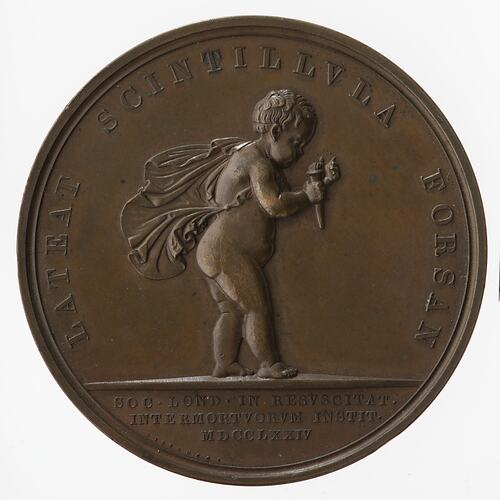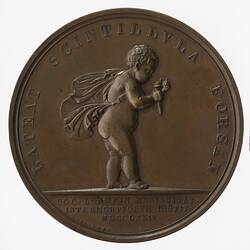The Royal Humane Society was founded in London in 1774 by two doctors, William Hawes and Thomas Cogan. They were concerned at the number of people wrongly taken for dead, and in some cases, buried alive. They wanted to promote the new and controversial, medical technique of resuscitation. The first meeting of the society was held on 18 April 1774 at the Chapter Coffee House, St Paul's Churchyard. The founder members of the Society - all of them men - felt sure that the public would support them in their aim of restoring 'a father to the fatherless, a husband to the widow, and a living child to the bosom of its mournful parents.'
The Society set out 5 key aims:
- to publish information on how to save people from drowning
- to pay 2 guineas to anyone attempting a rescue in the Westminster area of London
- to pay 4 guineas to anyone successfully bringing someone back to life
- to pay 1 guinea to anyone allowing a body to be treated in his house
- to provide volunteer medical assistants with some basic life-saving equipment
The reward of 4 guineas paid to the rescuer and 1 guinea to anyone allowing a body to be treated on his premises soon gave rise to widespread scam, where one person would pretend to be rescued and the other the rescuer, and they would then share the proceeds. Consequently monetary rewards were gradually replaced by medals and certificates, with occasional "pecuniary payments" up to a maximum of one guinea.
Today the aim of the Society is to recognise the bravery of men, women and children who have saved, or tried to save, someone else's life. The Society operates solely from its headquarters in London but gives awards to people from all over the country, and sometimes from overseas. Financial rewards are no longer given nor is advice on how to save life.
References
http://www.royalhumanesociety.org.uk/history/outline.htm (November 2006)
More Information
-
Keywords
-
Localities
-
Authors
-
Article types


